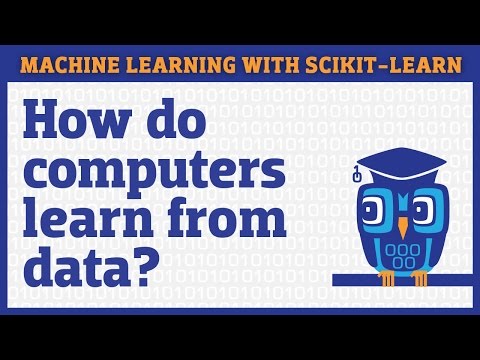Description:
Dive into machine learning using Python's scikit-learn library through this comprehensive 7-hour tutorial. Explore fundamental concepts, set up your environment with Jupyter Notebook, and work with the iconic iris dataset. Master techniques for training, comparing, and selecting optimal models using cross-validation. Learn to evaluate classifiers, encode categorical features, and apply machine learning to text data. Gain practical skills in data science by integrating pandas and seaborn with scikit-learn, equipping you to tackle real-world machine learning challenges effectively.

Machine Learning in Python With Scikit-Learn
Add to list